Tips for Growing Better Tasting Weed
With these tips for growing better tasting weed, you can take your cultivation to a whole new level.
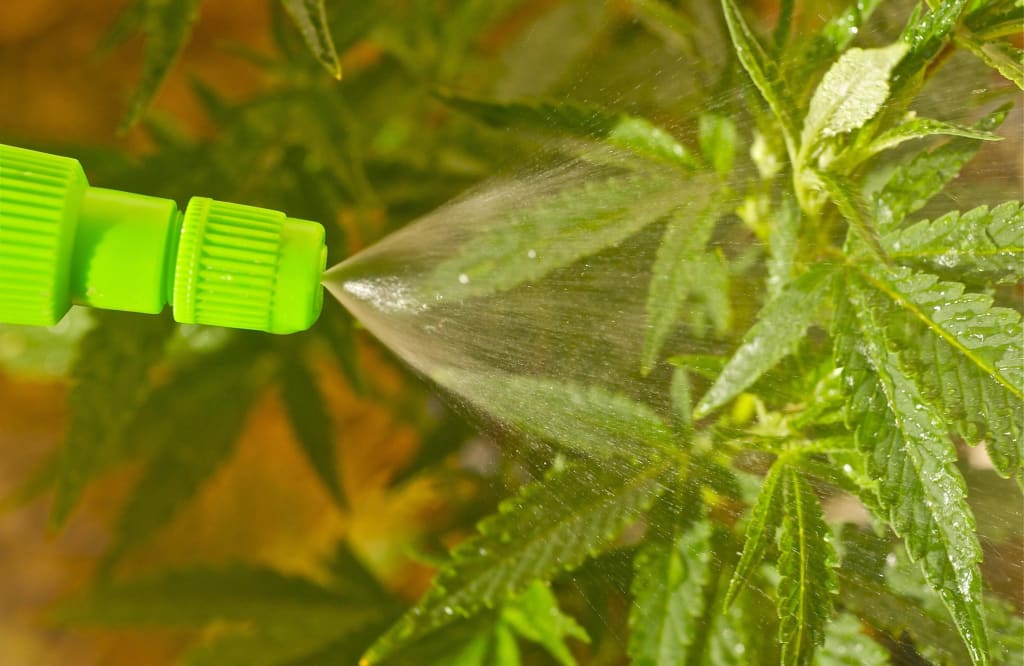
Growing your own weed can be satisfying, engaging, and fun; however, it can also be difficult, and requires a certain amount of chemistry and biology, as well as tender loving care, to be successful. Success means a lot of things: Obviously, you want bud that is both potent and high quality. A sure trait of good cannabis strains has full flavor and smells dank, so it'll be enjoyable for everyone to use. There are many frequently asked questions about growing marijuana, and these tips for growing better tasting weed, and avoiding the frustration of putting in all that work and care for a disappointing product, should answer them all!
Don't forget the aftercare.
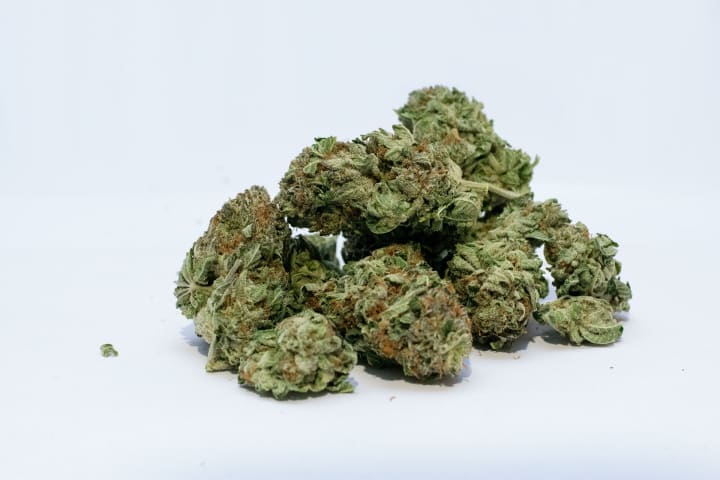
Let's switch things up a little bit and do last things first—because what happens to your weed after it's done growing can make or break it. In particular, the way you dry and cure your buds has a huge impact on its smell, taste, and potency. Growing the best strains under ideal conditions, putting in all the work to get your plant product-perfect and ready for harvest time, does nothing if you then handle the drying and curing process poorly. So while these tips for growing better tasting weed are mainly about the growingpart, that doesn't mean you can forget the rest of it. It's important to remember that what happens once the plant is ready is quite possibly just as important as what happens to it as it grows.
Avoid overfeeding.

You know how some tomatoes are just shockinglybig and red and shiny? You look at them and can just taste the ripe, juicy tomato flavor. If you don't like tomatoes, take just about any other fruit or vegetable: strawberries, blueberries, melons, etc. You know what I'm talking about. They look incredible. Then, to your despair, you slice them open or take a bite, and find they're pretty much flavorless. The tomato is crunchy and its juice tastes like water. The strawberry tastes vaguely of dirt and not much else. Well, that's what happens when factors like growth hormones and extra nutrients get out of control. They grow too big for their own good.
The same thing can happen with weed. Obviously, you're not giving your weed growth hormones—but you do have to feed it. Many growers are guilty of overfeeding their plants, causing problems down the line. The nutrients marketed for marijuana growing need to be used sparingly, even when the bottle tells you to go crazy with it. If you start seeing yellowing leaves or other signs of an unhealthy plant, you can up the salts and minerals. Until then, keep things simple.
Flush out excess nutrients.
For the last 2-3 weeks of the flowering stage, stop giving your plants nutrients altogether. At this point, you want to give them clean water only in order to flush out build-ups of salts and minerals that accumulate around the roots from the various fertilizers and nutrient mixes you may have given them. Even when you go easy on these nutrients, these build-ups can occur. Many growers are scared to do this, especially since the plants may start to show signs of this lack of nutrients, like yellowing leaves. That's okay though—leaves that are saturated in salts and minerals burn differently, and have a worse taste and smell, as well as either burning too hot or having trouble burning at all. By flushing out the nutrients 2-3 weeks ahead of time, you'll end up with a product that burns much more easily, and tastes and smells much better.
Get enough air.
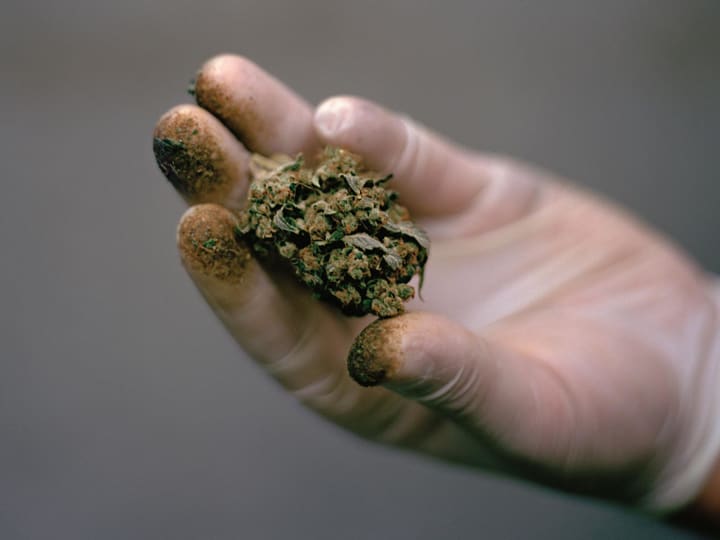
The air flow in your grow room can have a major impact on the quality and taste of your final product. One of the best insider tips for growing better tasting weed is to adjust your ventilation in proportion to the size of your grow room and number of plants. Obviously, you don't need quite as much air flow and ventilation when you only have a couple of plants, but you still want to set up a couple of fans and make sure air is circulating continuously. You also want to position your plants so that you have maximum surface area exposed to the moving air.
It's not just important to have air moving over your plants—you also want to make sure you have air moving in and out of the room, so that you can vent the heat and humid air out. Doing this will ensure you avoid a whole host of problems, from molds and rots to heat burns.
Mind your pH balance.

Photo by Heinrich-Böll-Stiftung via Flickr
If you're interested in tips for growing better tasting weed, you're gonna need to remember at least a little bit of chemistry. Mainly, you need to understand pH, what it should be at, how to measure it, and how to adjust it. If you haven't really kept up with your chemistry since high school, you're going to need a quick refresher.
pH is a scale of 0-14, that refers to the acidity or basicity of a substance. The lower the number, the more acidic the solution. The higher the number, the more basic the solution. Plants are very sensitive to pH levels—it's part of the reason certain crops only grow in specific areas. The acidity or basicity affects the plant's ability to absorb nutrients.
Weed likes a slightlyacidic base. Hydroponically-grown weed is more sensitive to pH changes than soil-based grows, but this can be managed by keeping the pH between 5.5 and 6.5. For soil-grown plants, the pH should be between 6.0 and 6.8. Outside of these ranges, the plants can no longer take up certain nutrients, leading to potential deficiencies. It's important to keep an eye on your pH, and adjust if necessary—especially if your plants are showing signs of nutrient deficiency, despite providing them plentifully.
Keep the temperatures stable.
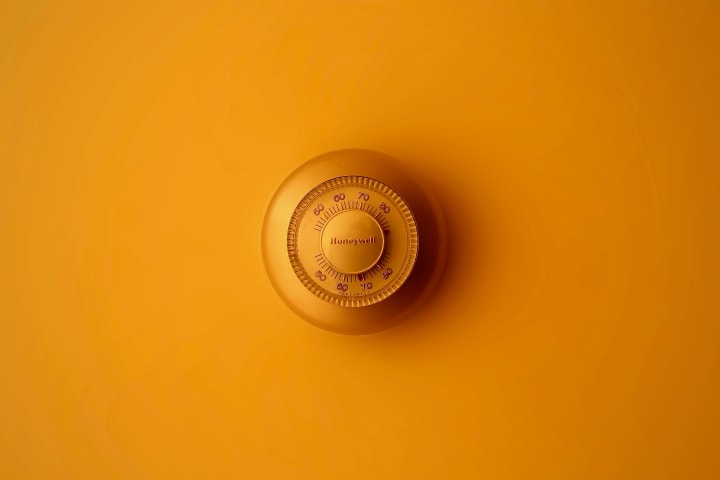
Photo by Moja Msanii on Unsplash
Temperature can have many effects on your marijuana plants. It's not just a simple matter of setting your thermostat; your ideal temperature is not only going to depend on various factors, but will also change depending on the stage of growth and even the time of day.
During the flowering stage, daytime temperatures should be between 65 and 80 degrees Fahrenheit. That's a pretty wide range, because these plants are used to growing in nature. They like moderate climates, and therefore moderate temperatures, so it really just needs to stay a comfortable temperature during the day. At nighttime, or rather, when the lights are off, they won't mind slightly cooler temps, and you probably want to decrease the temperature by about 10 degrees.
During the earlier vegetative stage, you shouldn't let the grow room get colder than 70 degrees, as the plants, at this young age, prefer things a little warmer.
Maintain humidity levels.
Many of the most important tips for growing better tasting weed are about simulating the right climate and environment. Just as with temperature, marijuana plants are most comfortable in areas of moderate humidity, so that's how you should keep your grow room. Too much moisture in the air can encourage molds to grow and pose a risk to your plants, while dry air can distress your plants and cause nutrient deficiencies.
This is another situation where you will want to make adjustments during your plant's different life stages. During the seeding and vegetative stages, your young plant likes both warmer and more humid temperatures. At this stage, too little moisture and too low a temperature are much bigger risks than mold. During the flowering stage, you should keep the humidity down as well. A good rule of thumb is that if it's too humid for your comfort, it's too humid for your plant's comfort.
Invest in good genes.

No matter what tips for growing better tasting weed you read and follow, your plant will not be high quality if it didn't have high quality genes to begin with. It's easy to ruin a high quality strain by not taking care of it properly, but it's not even possible to produce high quality marijuana from a low quality strain. This means that you do have to invest in the best seeds and clones if you want weed that tastes and smells excellent.
One tip for growing better tasting weed that many growers overlook is making sure your source is legit. Frankly, your local dispensary run by Frank the Barefoot 40-year-old isn't always going to be selling top quality product, or even the product they claim to be selling. Make sure you're seeking out reputable sources for your seeds and clones, and not getting duped.
Give them lots of light.
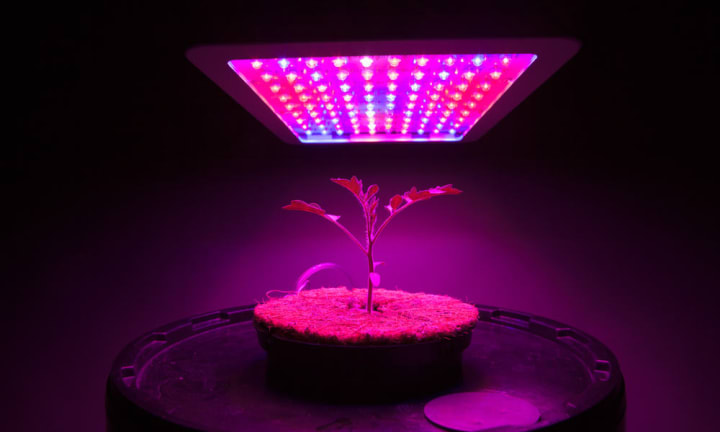
Skimping on your growing lights is a quick way to sabotage your bud. Your plants need light, and lotsof it. High powered growing lights, like LECs and LEDs, are your best chance for growing high quality weed that tastes and smells rich. For some free indoor marijuana growing advice, remember: Don't try to save money by sticking your incandescent bedside lamp down there. It won't work.
This doesn't mean you should blast your buds with light 24/7—in their natural habitat, marijuana plants obviously undergo daytime and nighttime. It should be the same in your grow room, with simulated day and night by turning the lights off for part of the day. Usually, it's easiest to just keep up with the sun, and turn your lights off when it gets dark outside.
Give your terpenes a boost.
Last, but certainly not least, let's talk about terpenes. Of all my tips for growing better tasting weed, this is the most direct: Support terpene production. Okay, easy to say, but what even are terpenes?
In short (actually, in semi-long), they're groups of unsaturated hydrocarbons which are produced in the essential oils of many plants, and account for many different smells. It is combinations of terpenes which alter the smell of different strains, and make or break the taste and smell of your weed. Luckily, it's pretty easy to increase the terpene content of your bud. You can easily purchase nutrients designed to do just this; although, you should always avoid chemical nutrients, as well as making sure you only use low-carbon ones during the flowering stage. As discussed earlier, you don't want to give your plants too much in the way of nutrients, so this option only goes so far.
A popular pro tip for growing better tasting weed is using blackstrap molasses. It's a cheap, effective alternative to the many expensive, manufactured terpene supplements out there, and is safe for your plants. Just add a small amount to your regular water during the last 2-3 weeks of the flowering stage, and let it do it's work. Reminder, though: Don't add molasses to your hydroponic system! It's not designed for that kind of substance.
About the Creator
Johnny Hash
Born in Kingsland, Arkansas. Spent way too much time watching TV. Daily toker. Still in Kingsland, Arkansas.







Comments
There are no comments for this story
Be the first to respond and start the conversation.